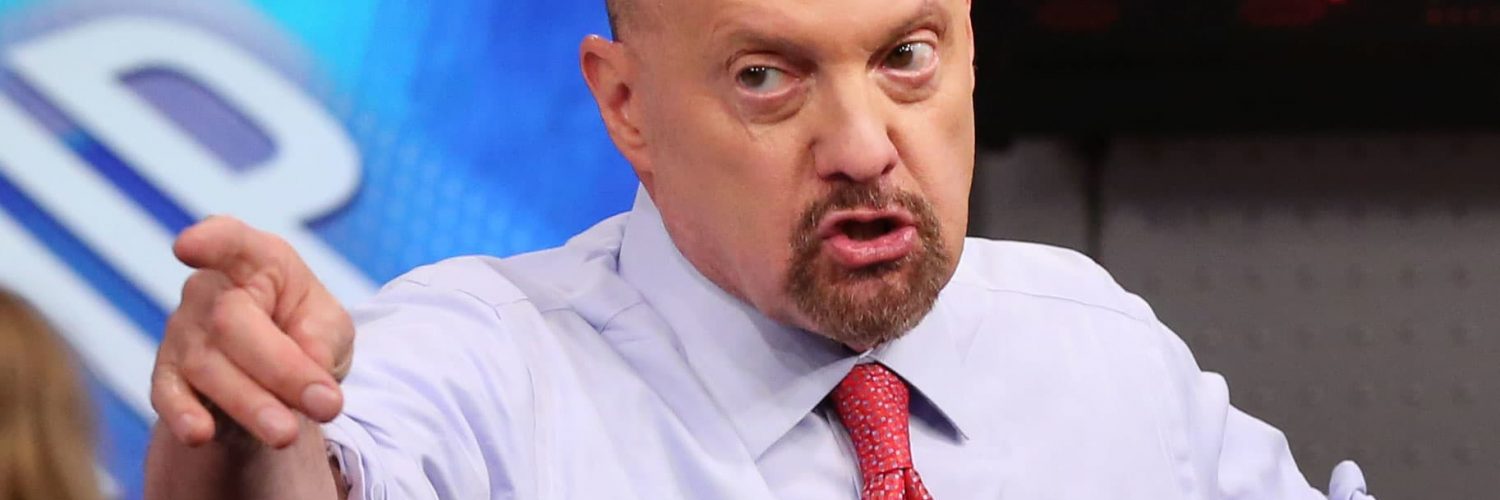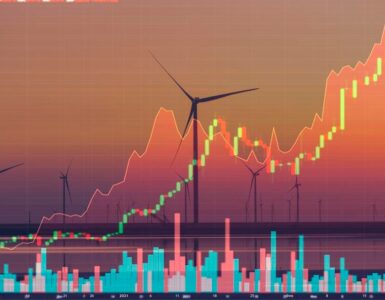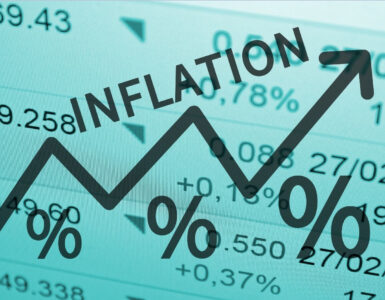After the S&P 500 posted its worst first-half performance since 1970, many investors are wondering whether the downtrend would continue for the remainder of the year.
But according to CNBC’s Jim Cramer, we could be at a turnaround. “I said to [David Faber] that July 13th will be the bottom. I said that in February,” he reminds viewers.
Cramer also uses analysis from market technician Larry Williams to show that the market could be ready for a rebound in the not-so-distant future.
“The last time we spoke to him about the broader averages in late May, he predicted that after some choppy trading the market would have a strong rally through late August. Right now, what he’s seeing in the [futures markets] confirms that thesis.”
Let’s take a closer look at the call.

Don’t miss
- Mitt Romney says a billionaire tax will trigger demand for these two physical assets — get in now before the super-rich swarm
- Bill Gates just won legal approval to buy 2,100 acres of North Dakota farmland (and people are ‘livid’ about it) — here’s how to gain access as a small investor
- Warren Buffett likes these 2 investment opportunities outside of the stock market
Three types of market participants
Cramer points out that the Commodity Futures Trading Commission releases data on the net holdings of three types of market participants every week: the public, large traders and fund managers, and commercial hedgers.
He explains that commercial hedgers are “companies that are actually involved in a given industry, meaning buying the futures because it’s part of their business model.”
And that group’s actions deserve investor attention.
“When it comes to these three groups, Williams has told us that he thinks the latter group — commercial hedgers — tend to have the best understanding of the particular sector because they are the only ones involved who are doing more than just gambling,” Cramer says.
He goes on to explain that commercial hedgers in stock futures mostly consist of banks, mutual funds, and governments.
“When these guys get very bullish in their positioning, even though the charts may look bad, it’s often a great buying opportunity.”
The opportunity
Interestingly, commercial hedgers and big money managers don’t always move in the same direction.
“Especially at important bottoms, Williams points out that the commercial hedgers tend to be bullish, while the large speculators like money managers, and of course the public, tend to be bearish,” Cramer remarks.
Looking at data on the Dow Jones Industrial Average futures from late 2009 to 2014, Cramer notes that commercial hedgers typically increased their buying at important bottoms. And it’s a similar story from 2015 to 2019.
Cramer points out that the pattern is appearing again: commercial hedgers are stepping up their buying while money managers are selling.
Which side should investors take?
“[H]istorically, when the commercials and the hedge funds are going in opposite directions, you’re much better off betting with, yes, the commercials,” he suggests.
“Larry’s right. Markets bottom when the hedge funds throw in the towel and the public throws in the towel. And based on the history, he suspects that’s exactly what’s happening right now.”
Will Williams be right again?
Cramer likes Williams’ technique because of his excellent track record “especially when it comes to clogged bottoms at moments where everybody else has given up.”
One example is Williams’ strategy during the pandemic-induced market crash in early 2020.
“Remember April 2020 when everyone was terrified that COVID would destroy the economy and we might be headed for the second Great Depression? Williams said buy,” Cramer recalls.
“He said business would start rebounding and within weeks and the market would bounce with it and that was one of the greatest calls ever.”
This article provides information only and should not be construed as advice. It is provided without warranty of any kind.
Source: Yahoo Finance










